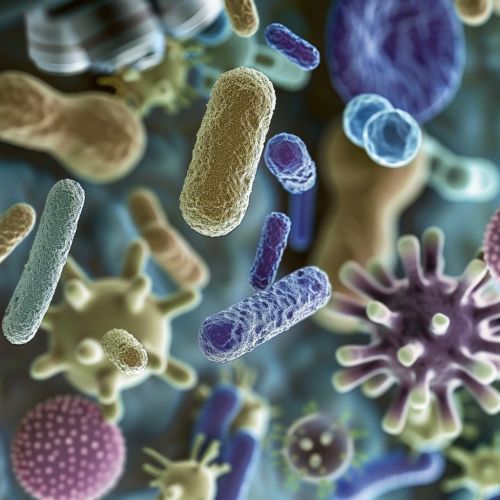Bacterial taxonomy
Introduction
Bacterial taxonomy is the classification of bacteria based on their structural and functional attributes, genetic makeup, and evolutionary history. It is a sub-discipline of microbiology that involves the identification, nomenclature, and classification of bacteria. The taxonomy of bacteria is complex due to their vast diversity and the continuous evolution of classification systems.


History of Bacterial Taxonomy
The history of bacterial taxonomy dates back to the 17th century when Antonie van Leeuwenhoek, using his homemade microscope, first observed bacteria. However, the systematic classification of bacteria did not begin until the 19th century with the pioneering work of Ferdinand Cohn and Robert Koch. The advent of molecular techniques in the late 20th century revolutionized bacterial taxonomy, allowing for more precise and comprehensive classifications.
Classification Systems
Bacterial taxonomy utilizes several classification systems, each with its own criteria and methodologies. These systems include phenotypic classification, genotypic classification, and phylogenetic classification.
Phenotypic Classification
Phenotypic classification is based on observable characteristics of bacteria, such as morphology, staining properties, metabolic activities, and antigenic properties. It includes methods like Gram staining, acid-fast staining, and biochemical tests. This classification system is often the first step in bacterial identification, but it is not always reliable due to the phenotypic plasticity of bacteria.
Genotypic Classification
Genotypic classification involves the analysis of genetic material to classify bacteria. Techniques used include DNA-DNA hybridization, sequence analysis of genes like 16S rRNA, and whole genome sequencing. This classification system provides more accurate and detailed information about the genetic relationships among bacteria.
Phylogenetic Classification
Phylogenetic classification is based on the evolutionary relationships among bacteria. It uses molecular sequence data to construct phylogenetic trees, which depict the evolutionary history of bacteria. This classification system is currently the most accepted and widely used in bacterial taxonomy.
Nomenclature
Bacterial nomenclature follows the rules and recommendations of the International Code of Nomenclature of Bacteria (ICNB). The ICNB provides guidelines for naming new bacterial species and revising the names of existing ones. Each bacterial name consists of a genus name and a species epithet, both of which are italicized. The genus name is capitalized, while the species epithet is not.
Current State of Bacterial Taxonomy
The current state of bacterial taxonomy is dynamic and continually evolving. The advent of advanced molecular techniques like next-generation sequencing and metagenomics has led to the discovery of numerous new bacterial species and a better understanding of bacterial diversity. However, these advancements have also brought challenges, such as the need for new classification criteria and the re-evaluation of existing bacterial taxa.
Future Directions
The future of bacterial taxonomy lies in the integration of traditional and molecular methods, the development of new classification criteria, and the refinement of existing classification systems. The application of machine learning and artificial intelligence in bacterial taxonomy also holds promise for automating and improving the classification process.
